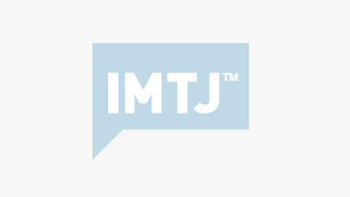The Philippines has long sought to be a major medical tourism destination, and a new study suggests both why it has failed and why it can succeed in the future.
The study by healthcare business intelligence firm HealthCORE, indicates that most medical tourism earnings between 2006 and 2010 were from overseas foreign tourists and balikbayans (Filipinos who live overseas), rather than planned medical tourism by non-Filipinos.
“Philippine Medical Tourism Compendium 2011: facts, figures & strategies” estimates that the country earned a total of $1.30 billion from health care and wellness services in the period of 2006 to 2010. The study also projects that the Philippines has the potential to earn as much as $1 billion in additional annual revenue by 2018 or earlier if it invests thoroughly on healthcare infrastructures, have more open and liberal travel arrangements for medical tourists and lay down an extensive international marketing promotions campaign.
The research says that the Philippines has a high potential to grab a larger market share in the global medical tourism industry based on:
• High level of quality in healthcare.
• Competitive cost of healthcare, with lower costs then the USA or Canada.
• Many competent healthcare professionals
• English language skill.
• A culture of compassion and service.
• Geographical proximity to countries that have expensive medical services such as Guam and Micronesia, Australia, Japan, South Korea and Taiwan.
• Top hospitals in the Philippines have state-of-the-art medical and hospital facilities, are staffed with highly qualified medical consultants, doctors, nurses and other personnel. At least eight hospitals and clinics were now accredited by various international accreditation agencies.
The study concludes that-
• The medical and tourism sectors and other related industry stakeholders should work together and develop broad-ranging strategies in healthcare infrastructure and service.
• The government should liberalize visa restriction for medical travellers.
• There is an urgent need for an aggressive international marketing and promotions campaign to catapult the Philippines in the elite circle of medical tourism providers.
HealthCORE is not an independent research body, but a company that aims to develop, project and sustain the competitive advantages of the Philippines as a preferred global healthcare destination. HealthCORE is the official Philippine representative of the National Accreditation Board for Hospital and Healthcare Providers (NABH International) and offers accreditation for hospitals.
None of these insights or suggestions is new. The country has a multiplicity of organizations set up to promote medical tourism, which have spent years bogged down in internal discussion, power struggles, endless debate and conferences. Although offering lower costs than in the US, many Asian competitors undercut them.
While health and tourism officials as well as health institutions are doing their best to promote medical tourism in the Philippines, Chinese hospitals are beating them through aggressive advertising to entice Filipinos to be medical tourists in China. In the past months major dailies carried adverts that boasted of new technologies and innovative treatment procedures for cancer patients in China. Representatives of Chinese hospitals even go to schools with a Chinese-Filipino population to do their promotion. Their target audiences are not the students but the Chinese-Filipino parents.
An example of the government’s inability to turn expressions of support for medical tourism into practical help is the Department of Tourism’s 2012 campaign “It’s more fun in the Philippines” that offers a slogan opposite to what would attract medical tourists.








 ©2024 All rights reserved LaingBuisson
©2024 All rights reserved LaingBuisson 


